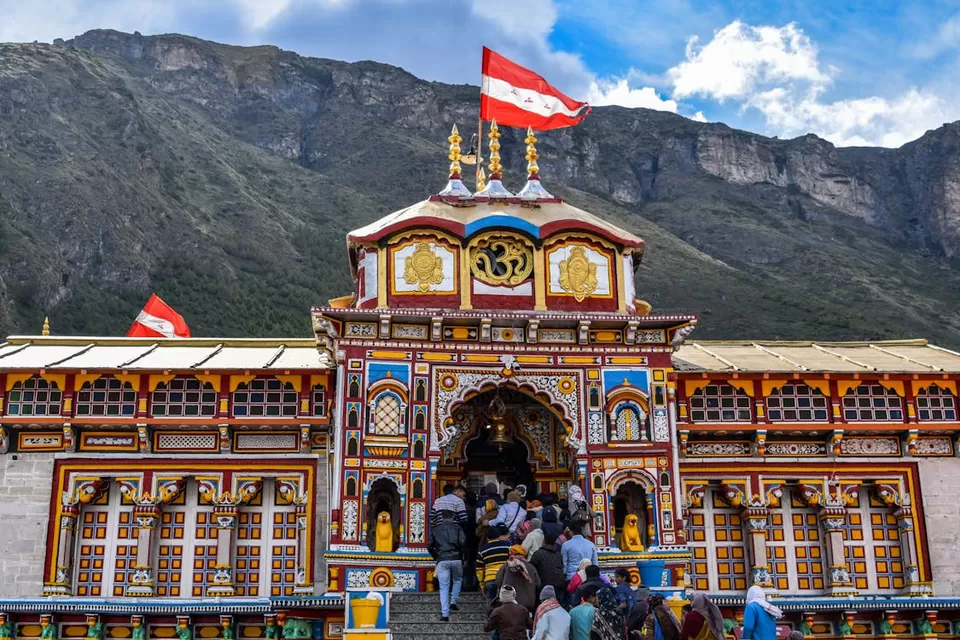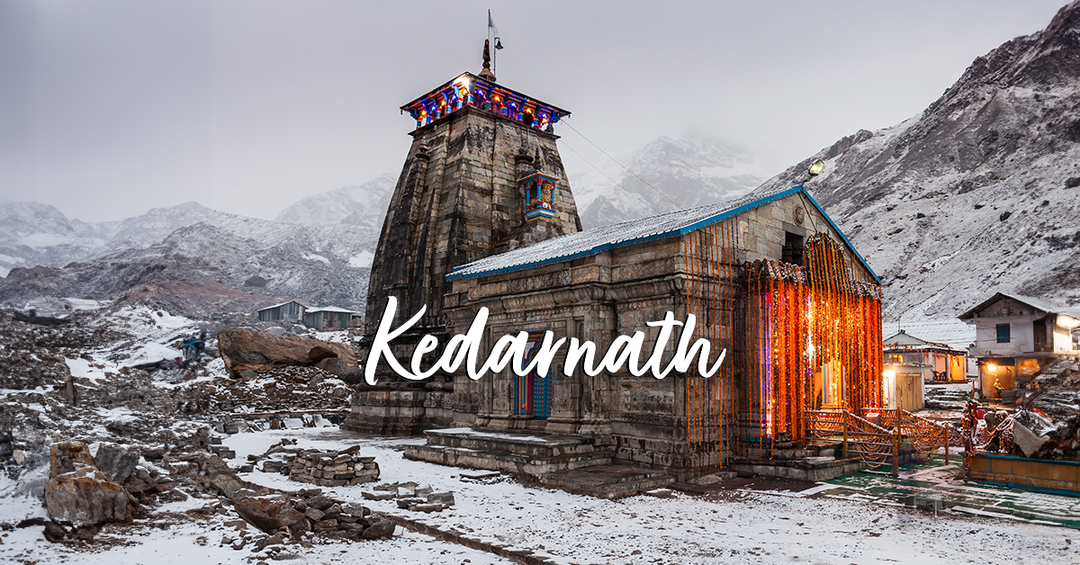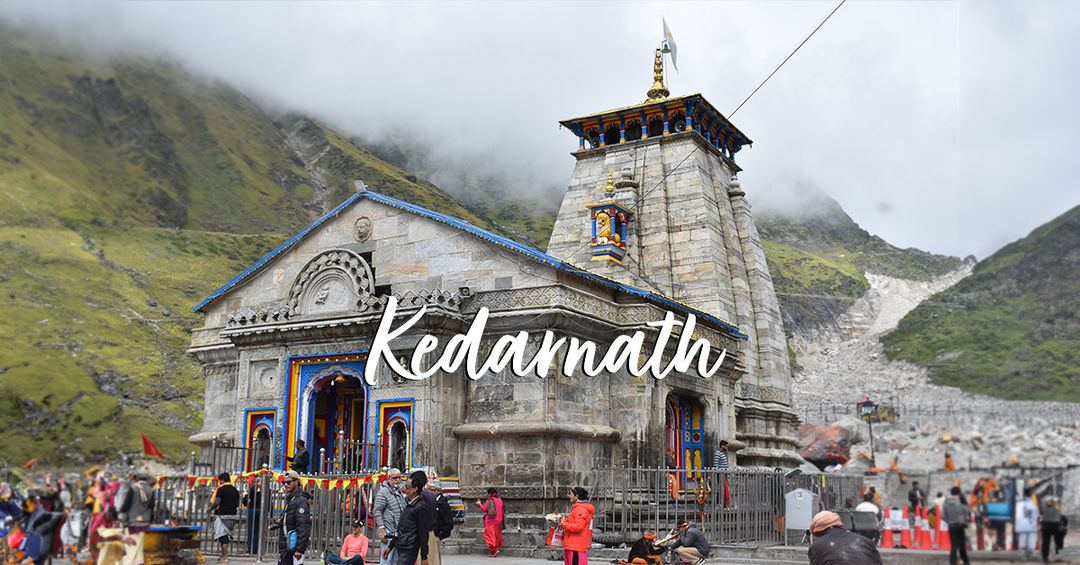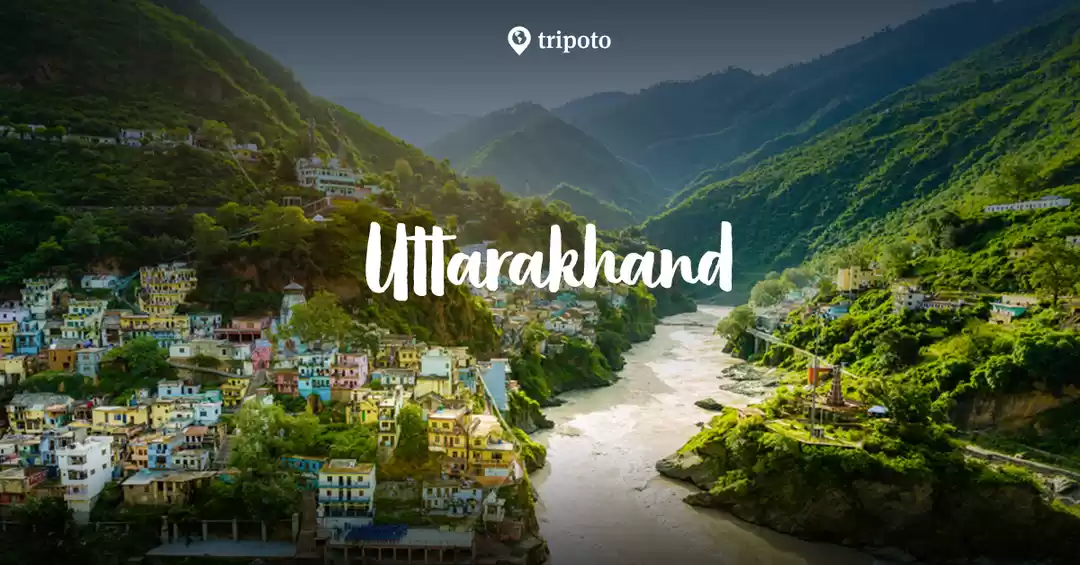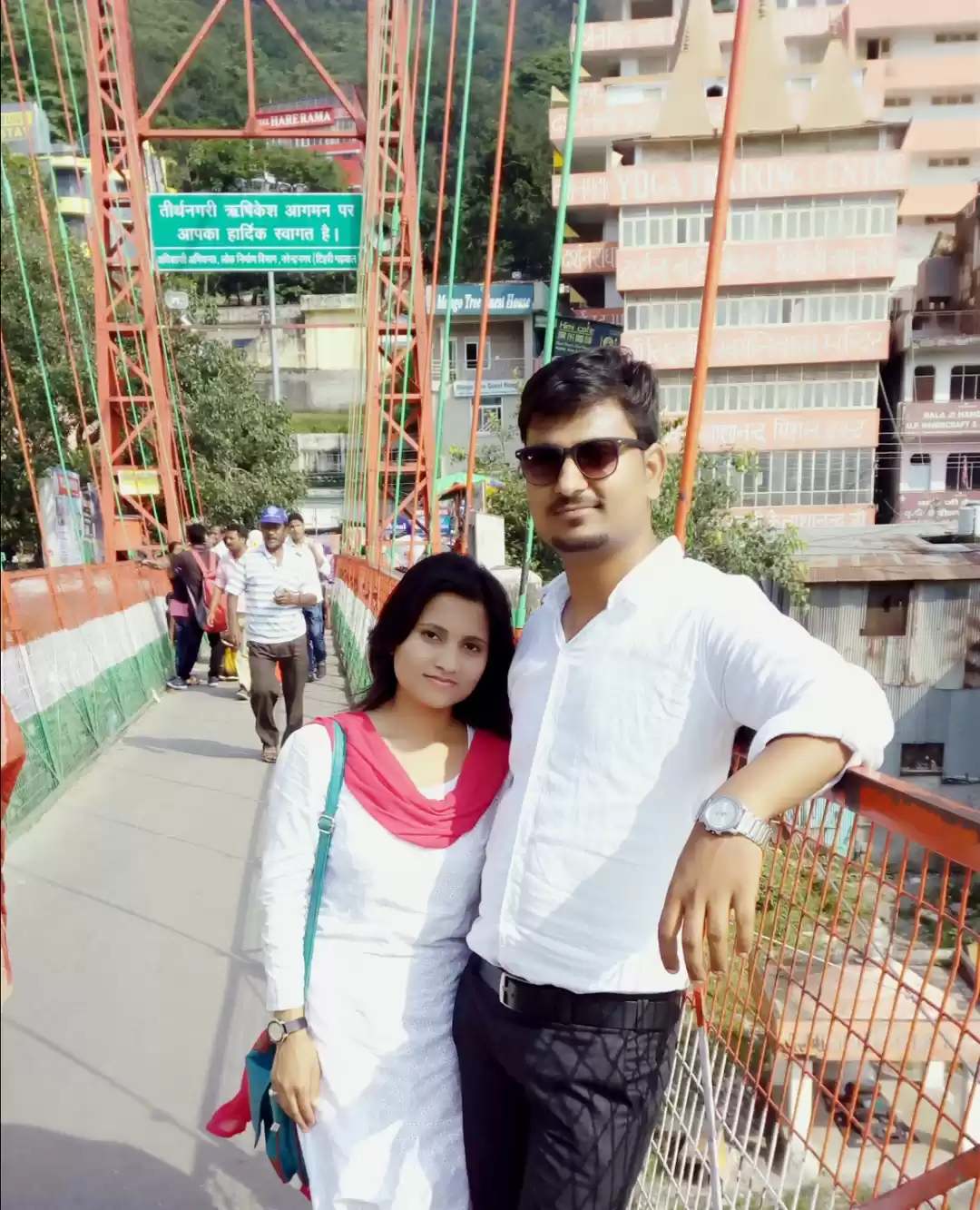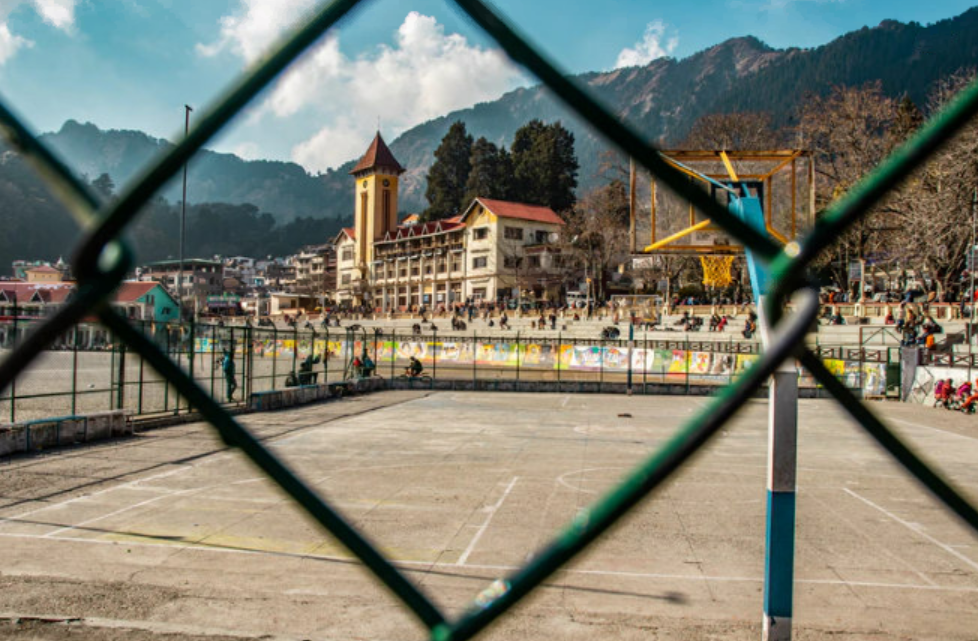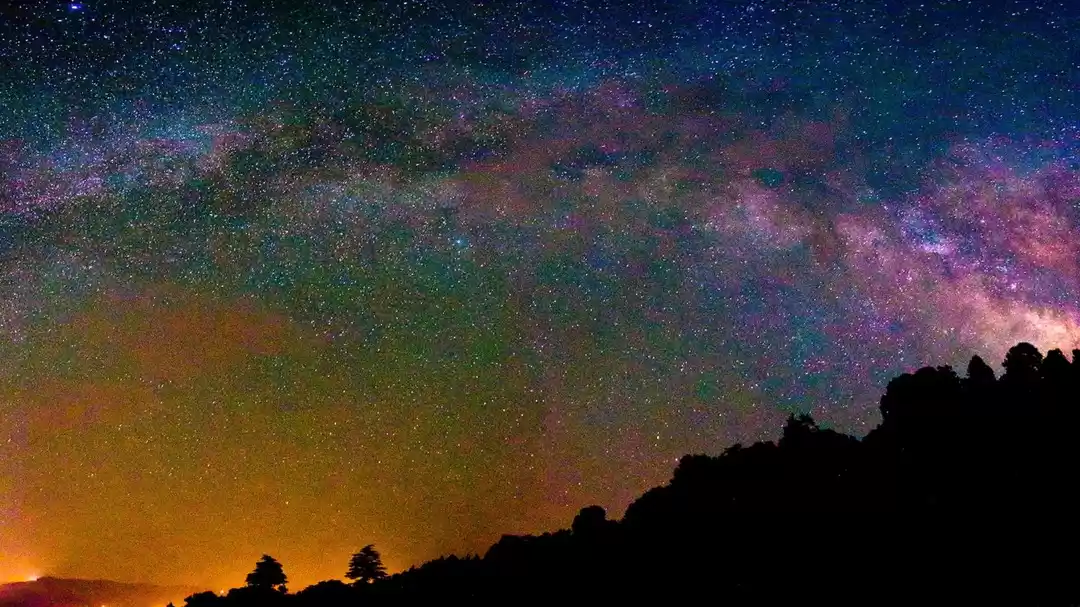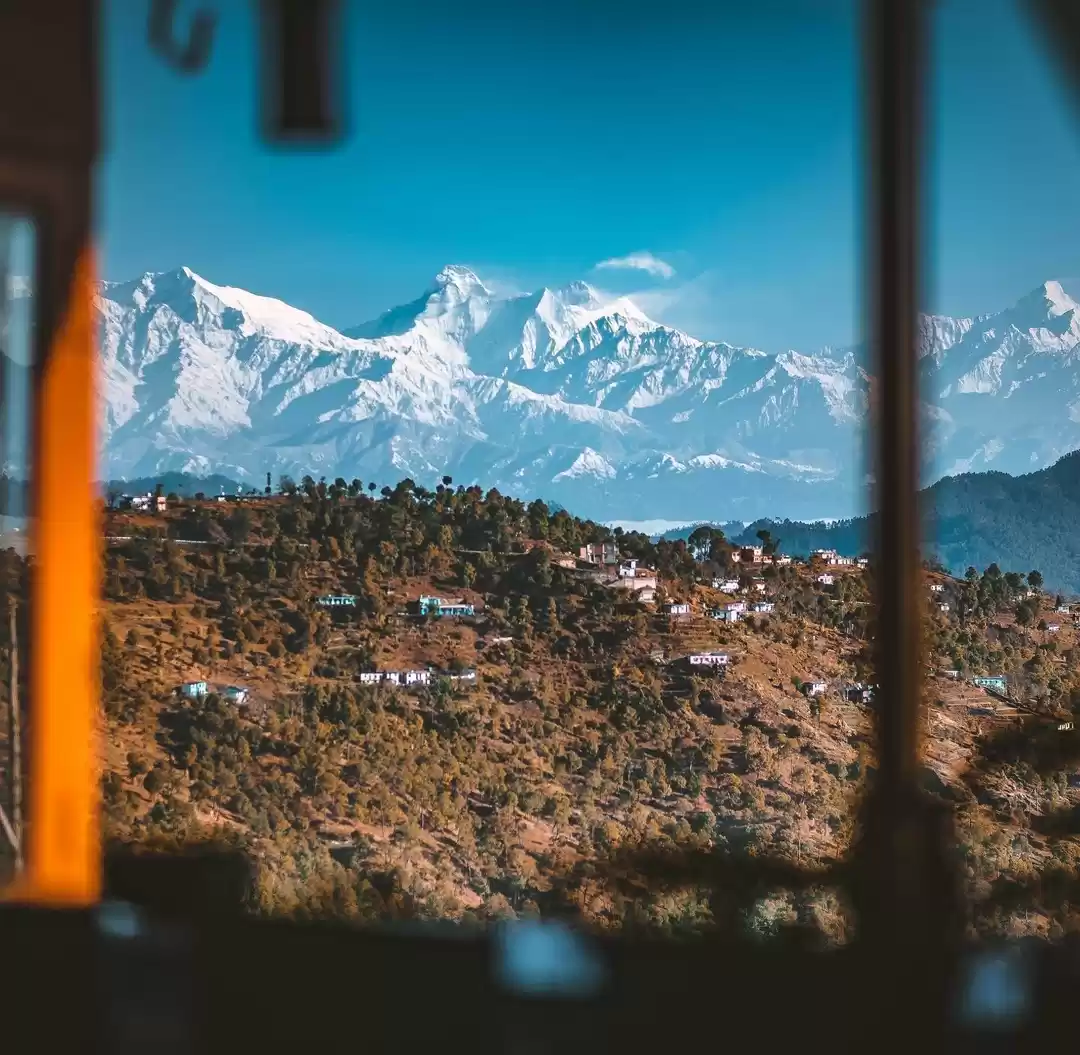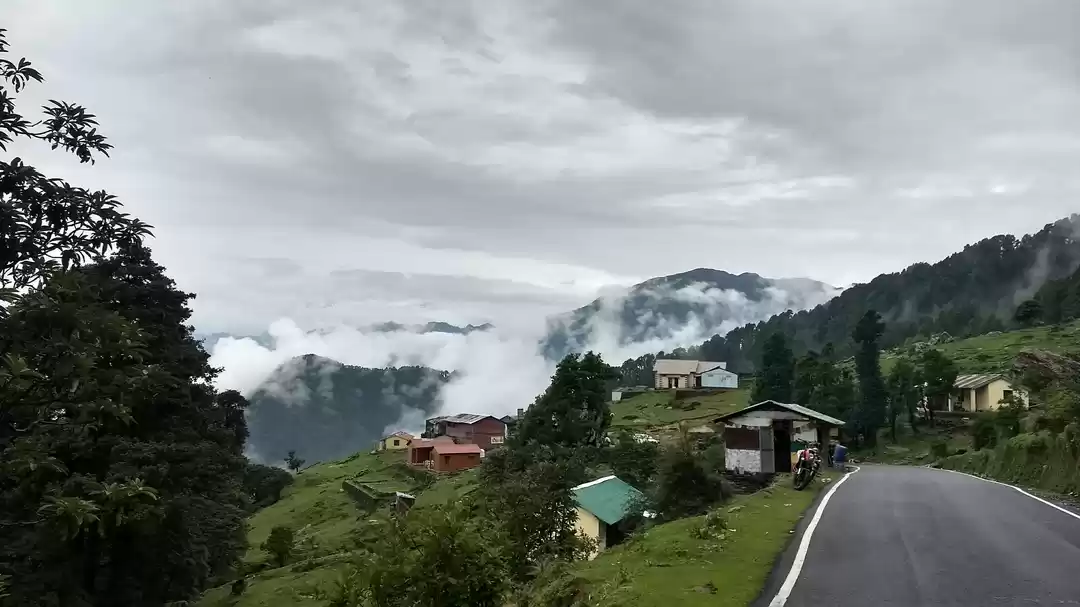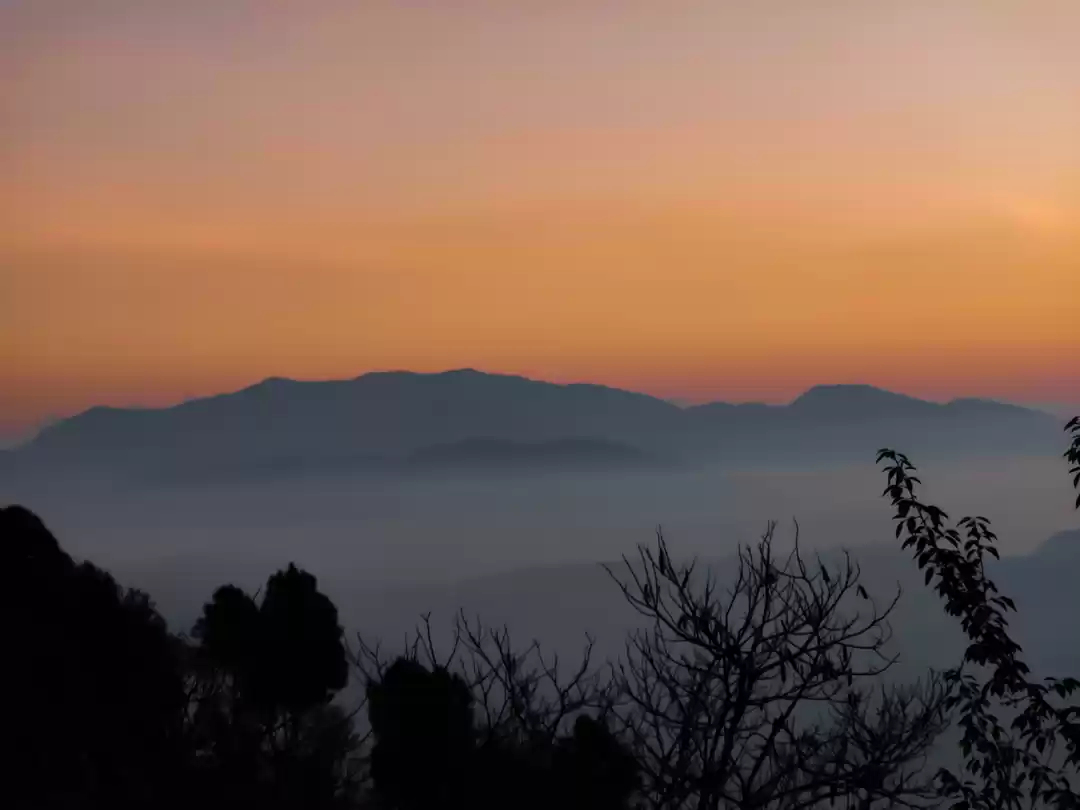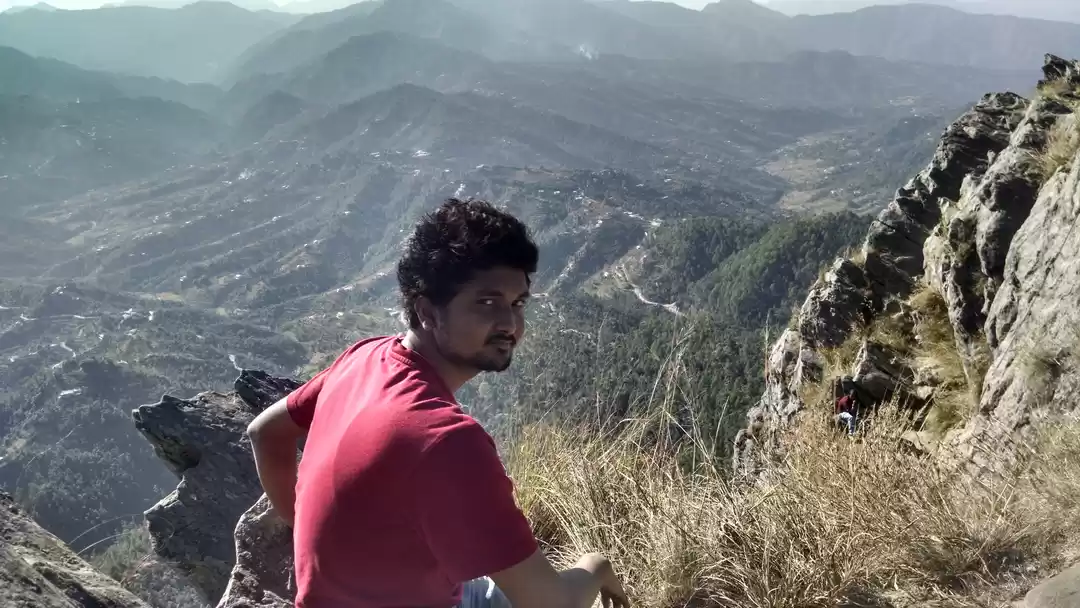Kedarnath Dham
Aastha Temple is one of the sacred pilgrimage sites in Northern India, situated on the banks of the Mandakini River at an altitude of 3584 meters above sea level. The historical name of this area is "Kedar Khand". Aastha Mandir is a part of Char Dham and Panch Kedar in Uttarakhand and is one of the 12 Jyotirlingas of Lord Shiva in India . Kedarnath temple is located in Rudraprayag district of Uttarakhand. A special feature of the temple is that the doors are open for 6 months of the year and the temple remains closed for 6 months. Therefore, when the doors open, a large number of devotees come to see Lord Shiva . Here is the story of the Kedarnath temple:
The history of the establishment of this Jyotirlinga in brief is that the great ascetic Nar and Narayan Rishi, the incarnation of Lord Vishnu, used to perform penance on the Kedar peak of the Himalayas. Pleased with his worship, Lord Shankar appeared and as per his prayer, granted him the boon of always residing in the form of Jyotirlinga.
The famous thing about Kedarnath is that after visiting Kedarnath temple, people definitely visit this temple. So this trip can remain incomplete without seeing the sights around Bhairavnath Temple. Tungnath Temple is counted among the highest Shiva temples in the world. If you are going to visit Kedarnath, then definitely visit this temple.
Kedarnath is not only surrounded by three ancient mountains but also the confluence of five sacred rivers. Due to this feature, the sanctity of this place is considered even greater. The Mandakini River, which still exists, is a major part of this confluence and flows near Kedareshwar Dham.
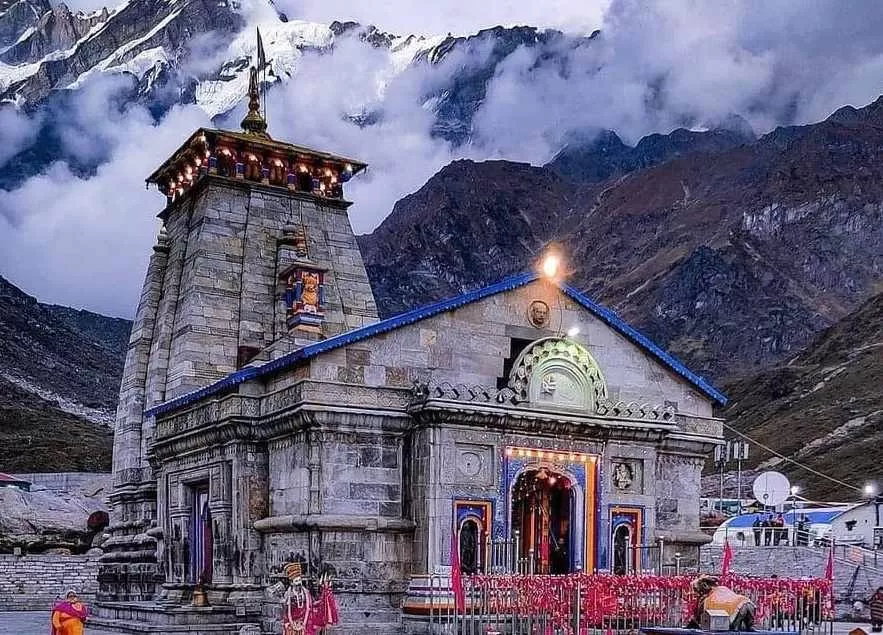
Badrinath
According to beliefs, Badrinath temple was once Shiva's Dham, which was later made his own by Lord Vishnu by creating a leela. From that time it became Vishnu Dham. The ancient Badrinath Dham is situated on the banks of Alaknanda River in Chamoli district of Uttarakhand. It is known by many names like Badri Vishal, Badrinarayan, Manibhadra Ashram, Vishala Tirtha etc.
Badrinath ki Kahani: When Mother Lakshmi's anger ended, she came here in search of Lord Vishnu. At that time there was Badri forest i.e. wood apple forest at this place. Lord Vishnu did penance sitting in the forest of Badri, hence Mother Lakshmi named Lord Vishnu Badrinath. Badrinath is situated between two mountains - Badrinath Dham is situated between two mountains.
This area of Lord Narayana in Treta Yuga has been called "Yoga Siddha", and again in Dwapara Yuga due to the direct darshan of the Lord, it has been called "Manibhadra Ashram" or "Vishala Tirtha". In Kaliyuga, this Dham is known as "Badrikaashram" or "Badrinath".
This holy place is the sacred place of Lord Vishnu's fourth incarnation Nar and Narayan. There is a saying about this Dham that whoever goes to Badri, does not come to Odri i.e. the person who visits Badrinath does not have to come back to his mother's womb. The living being becomes free from the cycle of birth and death.
Alaknanda river flows in Badrinath.
